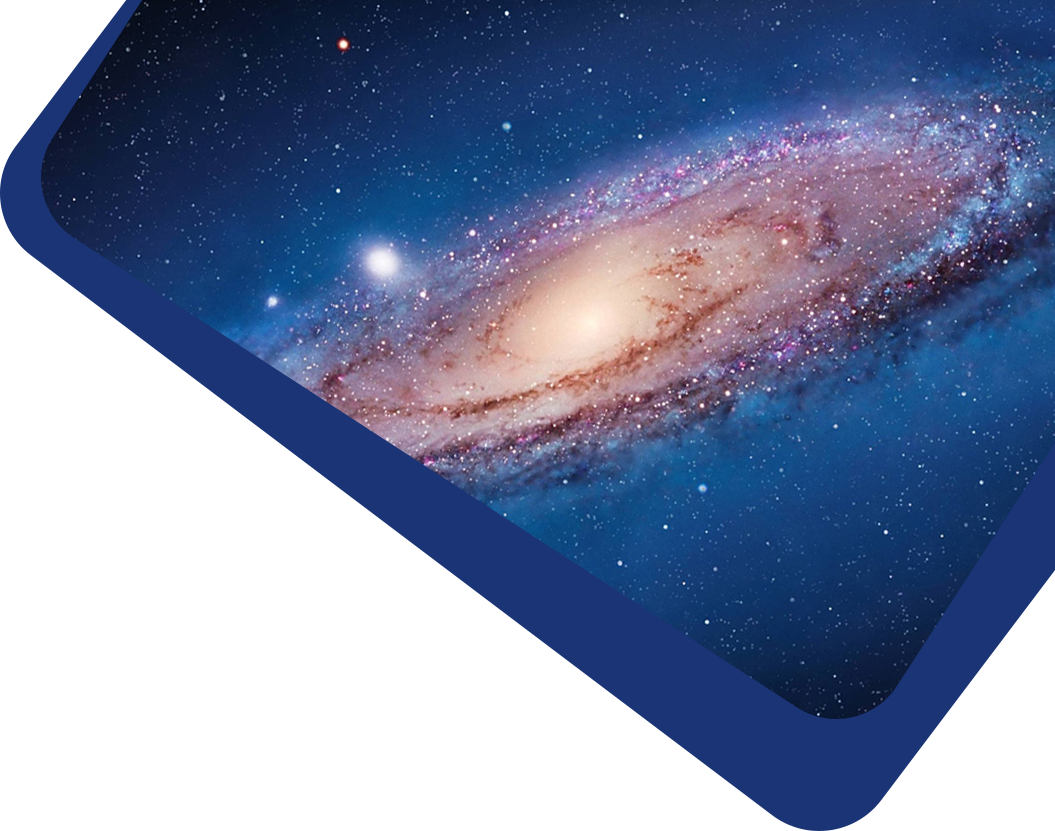Recent studies have increasingly identified extended main sequence turn-off (eMSTO) phenomena in Galactic open clusters, yet the number of such clusters with sufficient spectroscopic information for member stars remains limited. Unlike most studies that rely on fitting isochrones based on color–magnitude diagram (CMD) morphology to account for varying rotational velocities, our approach leverages LAMOST spectral data to compute actual rotational velocity distributions for confirmed cluster members, along with parameters such as metallicity, differential extinction, and rotational inclination, to utilize PARSEC isochrones for fitting the cluster CMDs. We systematically surveyed all known Galactic open clusters and selected 12 clusters where rotational velocity distributions could be reliably calculated for detailed fitting. Our results successfully reproduced the eMSTO phenomenon observed in these clusters. For the majority of clusters, considering only differential extinction and variations in rotational velocity adequately explains the position and morphology of the MSTO. For some intermediate-age clusters, incorporating rotational inclination additionally accounts for the broadening of the MSTO. This study underscores the importance of spectroscopic data in understanding eMSTO phenomena and provides a probable explanation for interpreting the combined effects of differential extinction, rotation, and inclination on the CMDs of Galactic open clusters.



